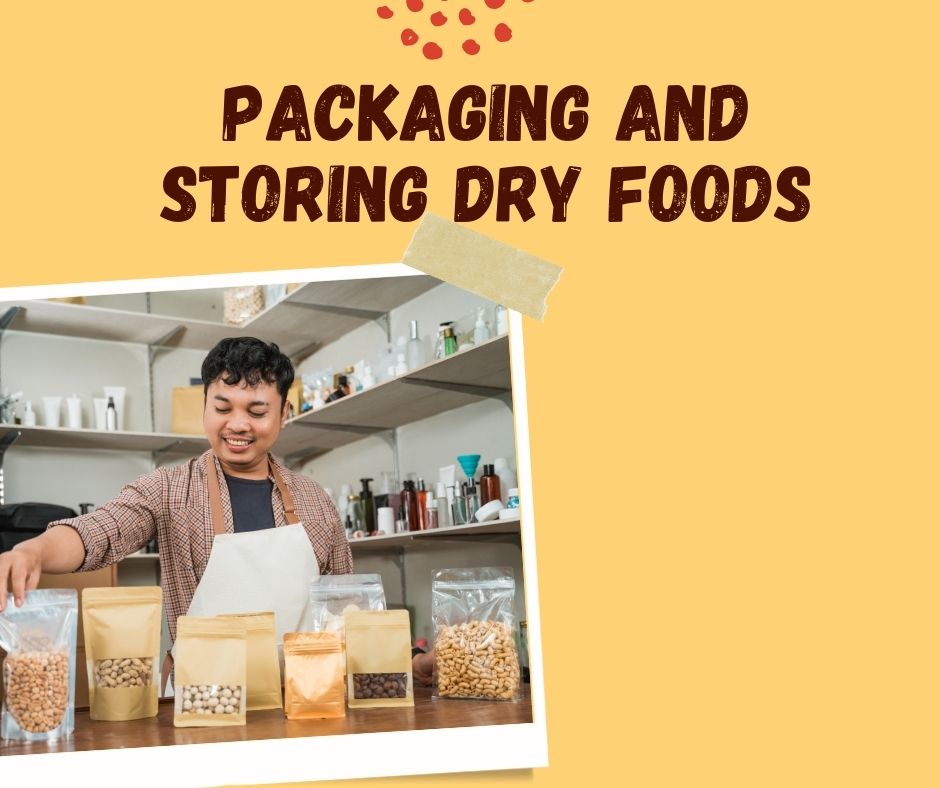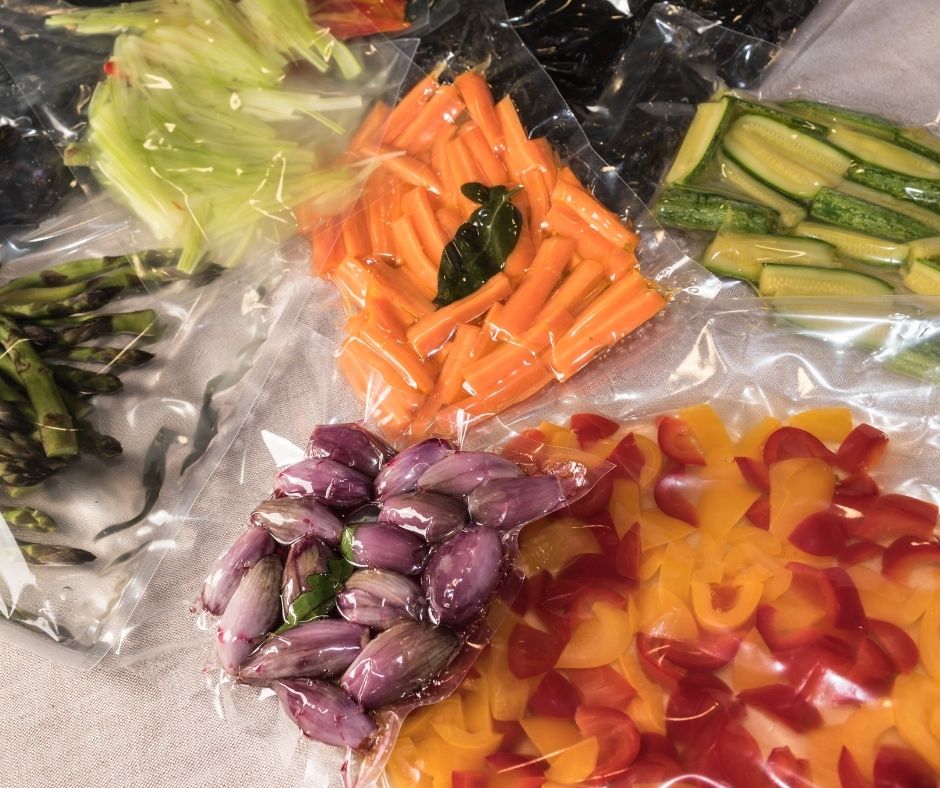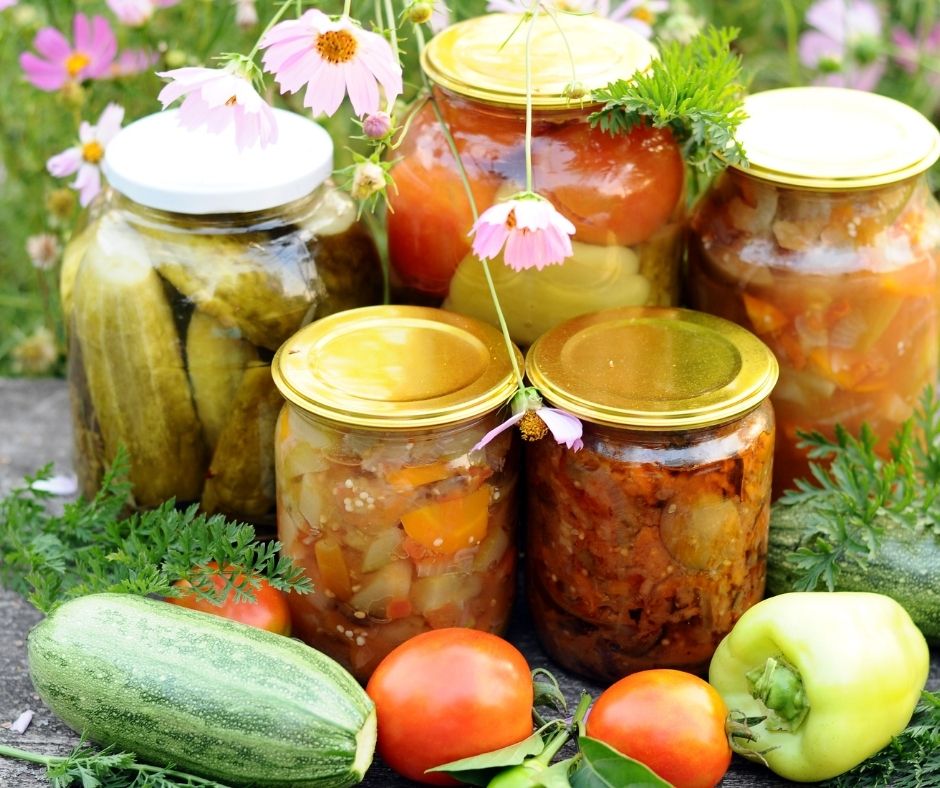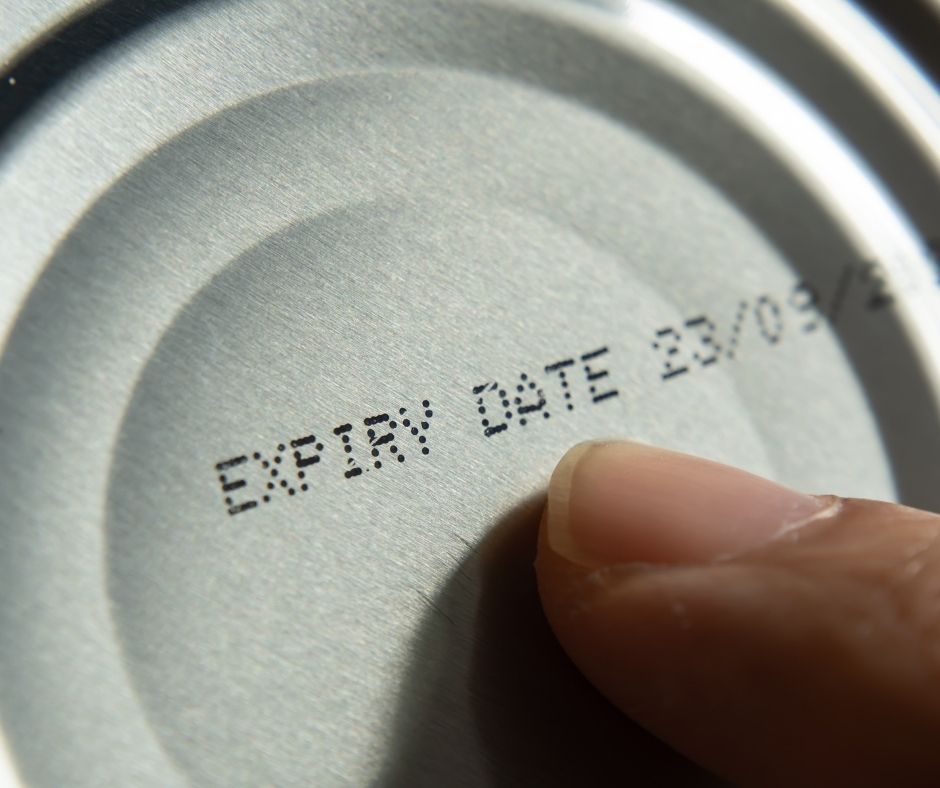
Table of Contents
Packaging and storing dry foods should be the main consideration in preserving foods. Almost everything comes with an expiry date. Even humans. So the food also has the same situation. Even though it is completely dried. Therefore to use these foods for a long time without changing their quality we have to be concerned about proper methods of packaging and storing. Whether it is a home, business, or any other place, this is important.
Especially in countries like Sweden, Norway, and Finland, they have less amount of sunlight and more humidity. And that causes dry foods to change their condition and go bad soon. Therefore, in situations like this, following a good storing and packing method would help them to make use of dried goods without facing any troubles.
Therefore, the following article is completely about Packaging and storing dry foods. If you have questions like, what is the best way to store dried fruit? How long can dried fruit be stored? How to store dry fruits in the fridge?
Packaging the dried foods
Why do we need to pack dried foods? This must be the question that comes to your mind at first when you are planning to keep your food for a long time. The answer for this is, that if you do not package properly, dried foods are prone to get destroyed by insect contamination and re-adsorption of moisture.
Packing and Sealing the dried food:
The first thing to do is, “cool completely”. Because warm food causes sweating which provides an environment and enough moisture for mold to grow.
Go for Vacuum food sealers bags

Vacuum food sealers bags are a great solution if you are fed up with glass jars. As glass jars weigh much more, be expensive, and are prone to break easily they will not work as a better solution than vacuum food sealers. And also with the sealers, you will need less space to store even.
Vacuum Packing Dried Products
Vacuum packaging helps a lot to get moist air out of the jars and seal them properly. Here one thing that you have to keep in your mind is that you should never vacuum pack your dried vegetables unless you are 100% sure that they are dried properly. It’s better to dry vegetables to a 90% solid level.
Fill canning jars with dried fruit

To follow up this part you have to place jars in a 325 F oven for 15 minutes, with the lid lightly screwed down. After that by using oven-proof gloves, you can tighten the lids the moment you remove the jars from the oven.
After like an hour has passed the jars will be cooled. Then you can test the lids on the dried fruit to check that they have been sealed. Then you have to press in the middle of the lid.
The theory of this is pretty simple. If it is sealed, it is sucked down. But, if it can be flexed up and down, then it is not sealed.
Fruits that have been sulfured should never touch metal. So the best thing is to place the fruit in a plastic bag before you store it in a metal can. Otherwise, Sulfur fumes will react with the metal and that will be a cause of change in the colors of the fruit.
If you have a question such as what is the best way to store dried fruit? Then the above paragraph will provide you with the answer.
Pack as tightly as possible but make sure it has to without crushing.
This part is really important too when you are storing dried food. To minimize the wastage and save more space, you have to pack your food tightly. Any amount of unused space in a sealed bag or a jar would be a complete wastage. Therefore you should be skillful and smart enough to arrange the space properly. At the same time consider avoiding the crushing of your food.
Pack only the necessary amounts at a time
Every time you reopen a jar, or a sealed bag the food inside is exposed to air and moisture. And that will lower the quality of the food. Therefore, when you pack the food just make sure to pack those in short amounts.
Storing the dried foods
As well as packaging, food storing is also really important when it comes to quality. Therefore, the below article is about the most essential information that you need to know if you are looking for tips for storing your food for quite a long time.
Consider on temperature
When you store your food you have to make sure that you store those in a cool, dark, dry place. Because food quality is affected by heat. When the temperature is higher than the storage time will be short. Generally, heat and light have a high effect on the quality of dried foods.
Consider on storage period/expiry date

When it comes to food, the no 1 thing should be the quality. Therefore to have a proper quality in your food, you have to consider its storage period. The recommended storage period of foods is normally six to 12 months for best quality.
But recommended storage times for dried fruits range from four months to one year. And also, most dried fruits can be stored for one year at 60 °F, and six months at 80 °F.
When it comes to fruits, Glass containers work as an excellent way of storing them. The reason for this is, that when you are using a glass container you can easily see any moisture that collects on the inside
Check dried foods as much as possible during storage to make sure that they are still dry.
Even the foods that seem “bone dried” are also prone to spoil if moisture is reabsorbed during the storage period. Therefore, you have to regularly check the food you have stored to confirm that it is in a good condition.
Keep away from Sunlight
You should never store your food in direct sunlight. Sunlight helps oxidize and subsequently destroy the food’s nutritional value and quality. Even the Fat-soluble vitamins, A, D, E, and K are usually sensitive to light degradation. Therefore, When you pick a room or any place to store your food, be sure it is free from sunlight.
Why is proper packaging and storage important for dry foods?
Dry foods like grains, cereals, pasta, and beans are susceptible to spoilage caused by moisture, pests, and light exposure. Proper storage extends shelf life, minimizes waste, and saves you money in the long run.
What are the best storage containers for dry foods?
Airtight containers are key! Opt for glass, BPA-free plastic, or stainless steel containers with secure lids. These materials prevent moisture and pests from entering, keeping your food fresher for longer.
Should I keep dry foods in their original packaging?
Original packaging can be okay for short-term storage, but often isn’t airtight. Consider transferring opened packages to airtight containers to maximize freshness.
What about dry foods stored in paper or cardboard boxes (cereal, pasta)?
These boxes can be prone to moisture absorption and tears. For long-term storage, transfer the contents to airtight containers to prevent spoilage and crushing.
Where should I store dry foods in my pantry?
Choose a cool, dry, and dark location. Avoid areas near heat sources (oven, stove) or direct sunlight. A lower shelf in a pantry cabinet is ideal.
Do dry foods need refrigeration?
Most dry foods like grains, pasta, and beans do not require refrigeration. However, once opened, some items like nuts or seeds can benefit from cool storage to prevent rancidity.
How long can I typically store dry foods?
Storage times vary depending on the food type. Check “best by” dates, but generally, grains like rice or pasta last for a year or more, while flours may only last for a few months.
How can I tell if my dry food has spoiled?
Look for signs of moisture, discoloration, weevils or moths (insects), or an unpleasant odor. Discard any food with these signs to avoid illness.
What are some tips to save money on dry food storage?
Buy in bulk: Consider buying staples like rice or beans in bulk containers and portion them into smaller airtight containers at home.
First-In, First-Out (FIFO): Rotate your stock regularly. Use older items first and place newer purchases in the back of the pantry.
Invest in reusable containers: While there might be an initial cost, reusable containers are a sustainable and cost-effective solution in the long run.
Are there any innovative products for dry food storage?
Yes! Some options include:
Mylar bags with oxygen absorbers: These create an airtight, oxygen-depleted environment for long-term storage of grains and legumes.
Vacuum sealers: Invest in a vacuum sealer to remove air from storage containers, further extending shelf life.



